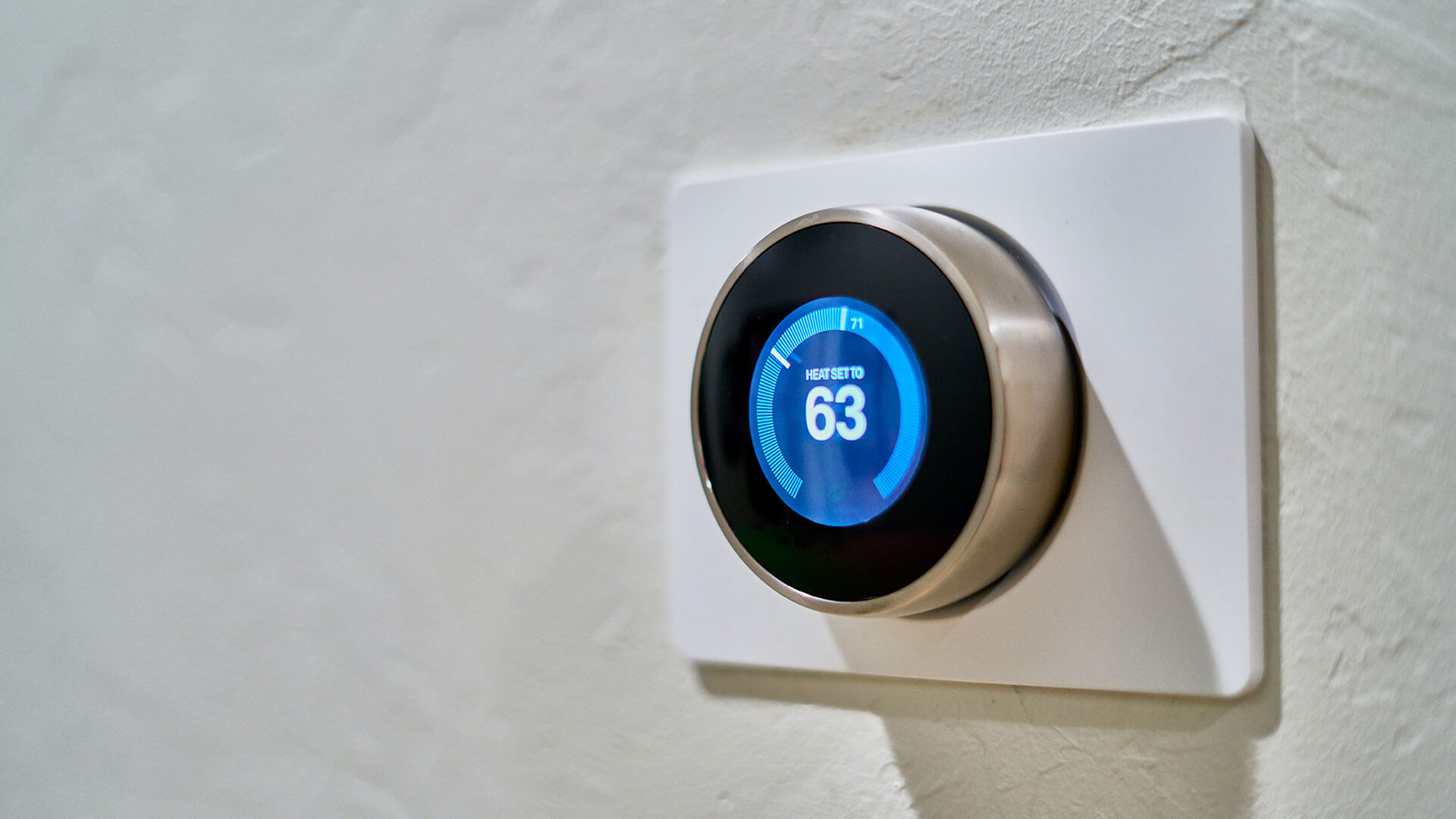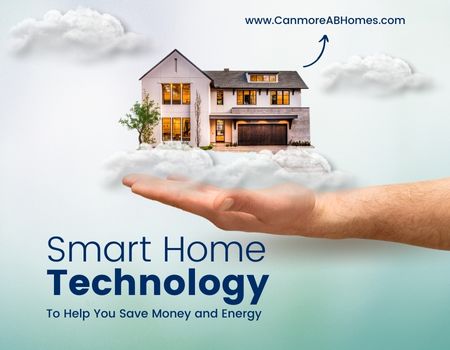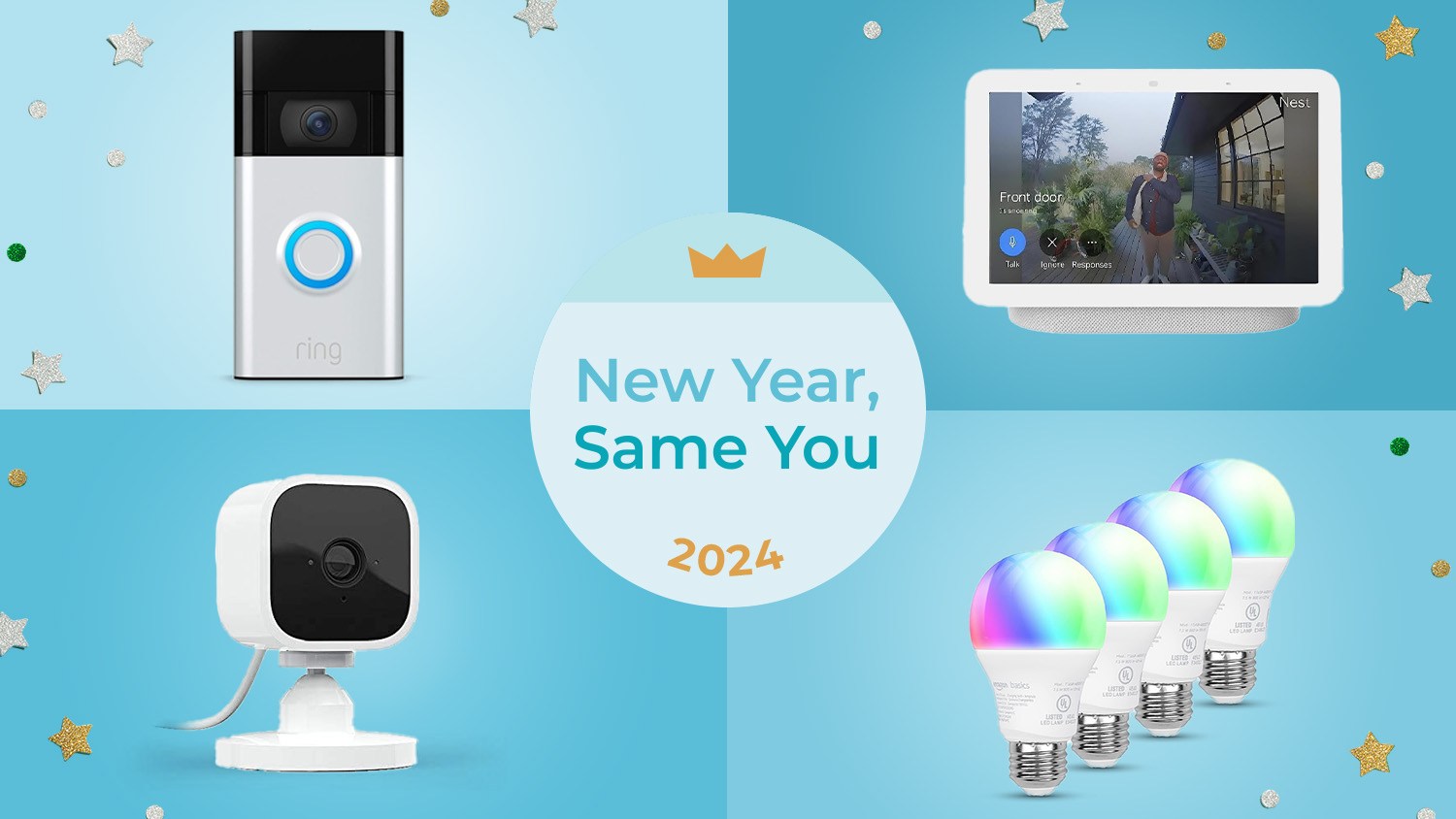
Unlocking Savings & Simplicity: Smart Home Upgrades That Pay for Themselves
The future of homeownership isn’t just about sleek design; it’s about seamless efficiency. Smart home technology isn’t a luxury anymore—it’s a savvy investment offering tangible returns on both your time and your budget. This article dives deep into the upgrades that deliver the biggest bang for your buck, transforming your house into a haven of convenience and cost-effectiveness.
Beyond the Buzzwords: Real-World Savings with Smart Home Technology
The term “smart home” often conjures images of futuristic gadgets and complicated interfaces. But the reality is far more accessible and beneficial. Strategic smart home implementations can significantly reduce energy consumption, streamline daily routines, and enhance home security, leading to substantial long-term savings.
Energy Efficiency: The Foundation of Smart Savings
Energy costs are a major household expense. Smart home upgrades tackle this head-on:
-
Smart Thermostats (Nest, Ecobee): These aren’t just programmable thermostats; they learn your habits, optimize heating and cooling schedules, and even adjust based on your location. Savings? Expect a reduction of 10-15% on your energy bills annually.
-
Smart Lighting (Philips Hue, LIFX): Automated lighting systems allow you to schedule lights to turn on and off, eliminating wasted energy from forgotten lights. Motion sensors further optimize energy use. The savings here might be smaller, but they add up over time.
-
Smart Power Strips: These handy devices monitor energy consumption of plugged-in electronics, turning off power to devices when not in use. This tackles “phantom loads” – the energy drain from devices in standby mode.
| Upgrade | Average Annual Savings (USD) | ROI (Years) |
|---|---|---|
| Smart Thermostat | $100 – $150 | 2-3 |
| Smart Lighting | $30 – $50 | 3-5 |
| Smart Power Strips | $20 – $40 | 4-6 |
Time-Saving Wonders: Streamlining Your Daily Life
Smart home technology isn’t just about saving money; it’s about reclaiming your valuable time:
-
Smart Assistants (Alexa, Google Home): These virtual assistants handle tasks like setting reminders, playing music, controlling smart devices, and even managing your shopping list, freeing up mental space and time for more important things.
-
Smart Locks (August, Schlage): Eliminate the hassle of lost keys and grant access remotely to family, guests, or service providers. This convenience is priceless.
-
Smart Appliances (Refrigerators, Washing Machines): Monitor appliance usage, receive alerts, and even control cycles remotely. This minimizes wasted resources and simplifies chores.
Enhanced Security: Peace of Mind & Potential Savings
Smart home security systems provide a significant return on investment in peace of mind and potential insurance discounts:
-
Smart Security Cameras (Arlo, Blink): Monitor your home remotely, receive alerts for suspicious activity, and even deter potential intruders.
-
Smart Doorbell (Ring, Nest): See and speak to visitors remotely, even when you’re not home. This adds an extra layer of security and convenience.
| Upgrade | Security Benefits | Potential Savings (USD) |
|---|---|---|
| Smart Security Cameras | Remote monitoring, intruder deterrence | Varies (Insurance discounts) |
| Smart Doorbell | Visitor identification, remote access | Varies (Insurance discounts) |
| Smart Security System (ADT, SimpliSafe) | Comprehensive monitoring, emergency response | Varies (Insurance discounts) |
Making the Smart Choice: A Gradual Approach
Implementing a full smart home setup isn’t necessary. Start with a few key upgrades that address your biggest needs and budget. Focus on energy efficiency first – the savings will quickly justify the investment. Then, gradually incorporate other smart features as your budget allows and your comfort level increases.
Beyond the Gadgets: The Bigger Picture
Smart home technology offers more than just financial and time savings; it contributes to a more comfortable, secure, and convenient living experience. By thoughtfully integrating smart devices, you’re not just upgrading your home—you’re upgrading your life. Embrace the possibilities, and watch your home—and your life—transform.

Additional Information
Smart Home Upgrades: A Deeper Dive into Cost Savings and Time Efficiency
While the allure of a “smart home” often centers on convenience and futuristic features, a deeper analysis reveals significant potential for monetary and temporal savings. This exploration delves into the specifics, examining the long-term ROI of various smart home upgrades, their impact on resource consumption, and the inherent time-saving mechanisms they offer.
I. Energy Efficiency and Cost Savings:
The most impactful area of cost savings revolves around energy management. Smart thermostats, for example, represent a compelling investment. Studies by the Department of Energy indicate that programmable thermostats can reduce energy consumption by 10-12% annually. However, smart thermostats take this further through learning algorithms and geofencing capabilities. They automatically adjust temperatures based on occupancy, weather patterns, and user preferences, leading to potentially even higher savings. A case study by Nest, for instance, demonstrated average energy savings of 10-12%, with some users reporting savings exceeding 20%. This translates into tangible dollar savings over the lifespan of the device, easily offsetting its initial cost.
Beyond thermostats, smart lighting systems offer substantial energy efficiency. By automating lights based on occupancy and ambient light levels, these systems eliminate wasted energy from forgotten lights left on. LED bulbs, often integrated with smart lighting systems, further amplify these savings due to their inherently higher energy efficiency compared to incandescent or CFL bulbs. Estimates suggest that switching to LEDs can reduce lighting energy consumption by 75% or more.
Smart appliances, such as smart refrigerators and washing machines, also contribute to energy efficiency. These appliances often incorporate features like optimized wash cycles, intelligent energy monitoring, and remote control, allowing users to minimize energy consumption and manage usage strategically.
II. Time Savings and Increased Productivity:
The time-saving aspects of smart home technology are equally compelling. Smart home systems streamline daily routines, freeing up valuable time for other activities.
-
Automated Security Systems: Smart security systems with integrated cameras, motion detectors, and door/window sensors eliminate the need for manual checks, providing peace of mind and reducing the time spent on security-related tasks. This is particularly relevant for busy professionals or families with young children.
-
Remote Appliance Control: The ability to remotely control appliances like ovens, washing machines, and coffee makers via smartphone apps significantly reduces the time spent on household chores. For example, preheating an oven remotely while commuting home eliminates waiting time upon arrival.
-
Smart Assistants and Voice Control: Integration with virtual assistants like Alexa or Google Assistant allows for hands-free control of various smart home devices, simplifying routine tasks and eliminating the need for manual operation. This is particularly beneficial for individuals with limited mobility or those juggling multiple tasks.
-
Smart Irrigation Systems: These systems optimize watering schedules based on weather conditions and soil moisture levels, preventing overwatering and saving time spent on manual irrigation. This can also lead to significant water savings, reducing water bills.
III. Return on Investment (ROI) Analysis:
The ROI of smart home upgrades varies significantly based on the specific devices implemented, energy costs, and individual usage patterns. However, a comprehensive cost-benefit analysis should consider the following:
- Initial investment costs: This includes the purchase price of smart devices and any necessary installation costs.
- Recurring costs: Subscription fees for cloud services or smart home platforms need to be factored in.
- Energy savings: Quantifying the reduction in energy consumption and resulting cost savings is crucial.
- Time savings: While difficult to quantify precisely, the value of time saved can be estimated based on hourly wage or the value of alternative activities.
A thorough ROI analysis should demonstrate a positive return within a reasonable timeframe, usually within 2-5 years for most energy-efficient upgrades.
IV. Challenges and Considerations:
While the benefits are considerable, challenges exist:
- Initial investment costs: The upfront cost of installing a comprehensive smart home system can be substantial.
- Technical complexity: Setting up and managing a complex smart home system can be technically challenging for some users.
- Data privacy and security: Concerns about data security and privacy related to the collection and use of personal data by smart home devices are legitimate and need careful consideration.
- Interoperability issues: Compatibility issues between devices from different manufacturers can hinder seamless integration.
In conclusion, while the initial investment in smart home upgrades may seem significant, a detailed analysis reveals substantial potential for long-term cost savings and increased time efficiency. By carefully considering individual needs, energy consumption patterns, and the ROI of specific upgrades, homeowners can create a smart home that maximizes both financial and temporal benefits. However, a cautious approach to data privacy and interoperability issues remains essential.






